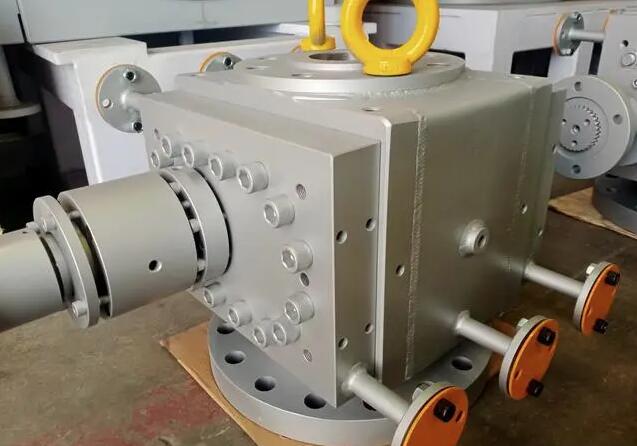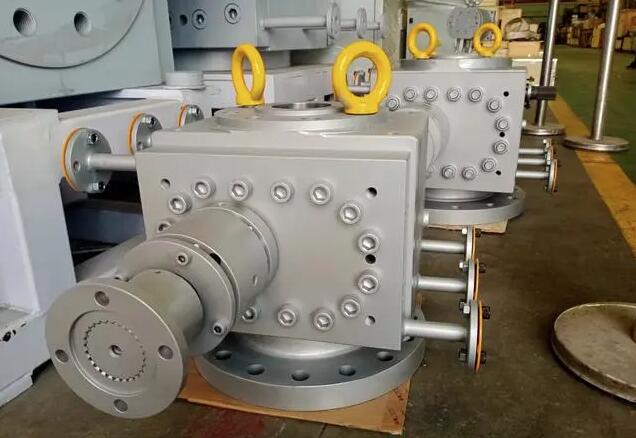What are the maintenance methods for the reactor melt pump?
The maintenance of the reactor kettle melt pump is a comprehensive process involving various operational aspects and precautions. Below are some key maintenance methods:
I. Regular Inspection and Cleaning
Regular Inspection: Conduct a comprehensive inspection of the melt pump regularly, including the wear and tear of various components, sealing performance, lubrication status, etc. This helps to identify potential issues early on and prevent the expansion of faults.
Cleaning:
Disassembly Cleaning: Disassemble the melt pump and thoroughly clean each component. Use appropriate solvents (such as trichloroethane or vinyl chloride) and clean cotton cloth during cleaning, avoiding materials that may leave impurities (like paper towels).
Bearing Cleaning: Bearing cleaning should be divided into two stages: rough cleaning and fine cleaning. Use neutral water-free diesel or kerosene as the cleaning agent. After cleaning, immediately apply anti-rust oil or grease.

II. Maintaining Stable Pressure and Temperature
Stable Inlet Pressure: Maintaining a stable inlet pressure for the melt pump helps improve its volumetric efficiency and contributes to the stable operation of the pump itself and downstream processes.
Jacket Temperature: Regularly check the temperature of the heat transfer jacket to ensure it remains within the appropriate range. Meanwhile, the temperature of the pump body's heat transfer jacket can be slightly lower than that of the front and rear jacket pipes to prevent melt degradation.
III. Proper Operation and Record Keeping
Standardized Operation: Operations such as pump disassembly, cleaning, heating, cooling, starting, and stopping should be carried out strictly according to regulations to reduce unnecessary losses.
Recording Operating Parameters: Each shift should have a dedicated person to inspect the working condition of the melt pump and record relevant operating parameters (such as output, speed, outlet pressure, inlet pressure, current value, etc.). This helps analyze changes in pump performance and promptly identify and address any abnormalities.
IV. Handling Special Situations
Power Outages or Interruptions in Heat Transfer Circulation: In case of power outages or interruptions in heat transfer circulation exceeding a certain duration (e.g., 30 minutes), disassemble, clean, and reassemble the pump to prevent melt solidification, cracking, and subsequent issues with bearing lubrication that could damage the pump.
Outlet Pressure: Install an interlock stop alarm at the outlet pressure measurement point to prevent pump damage due to blocked discharge pipes.

V. Other Maintenance Points
Lubrication: Ensure the lubrication system of the melt pump functions properly, regularly replace lubricants, and check the quantity and quality of lubricating oil.
Vibration and Noise: During operation, pay attention to any abnormal vibrations or noises from the pump, as they are often precursors to equipment failures.
Email: info@battemachinery.com
WhatsApp: +86 158 38331071